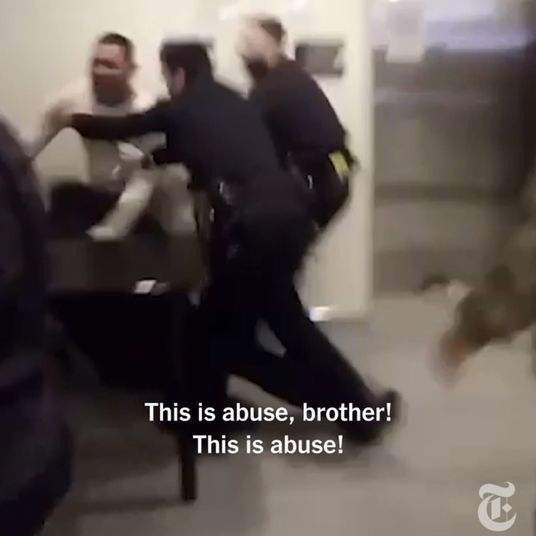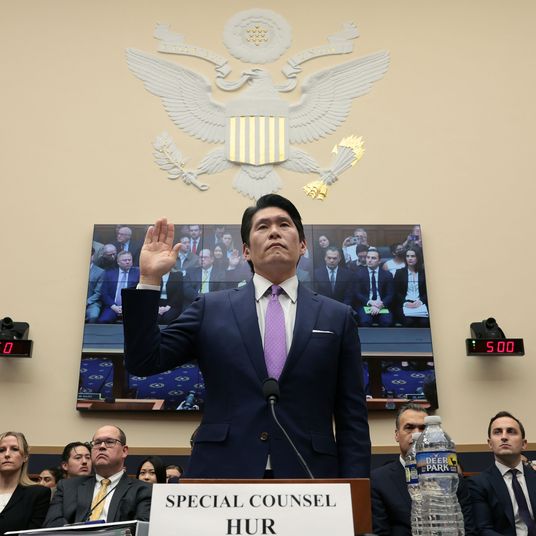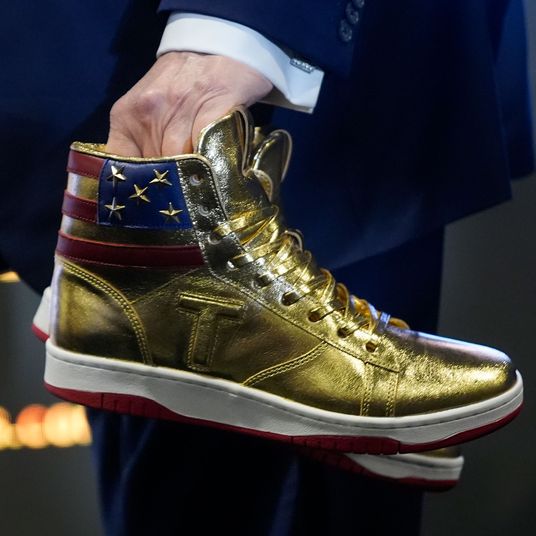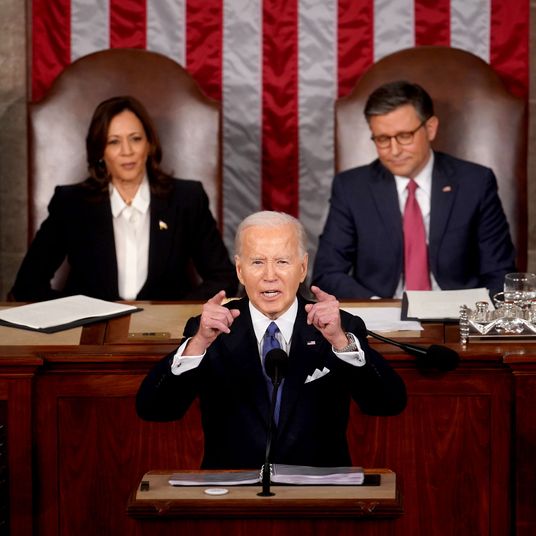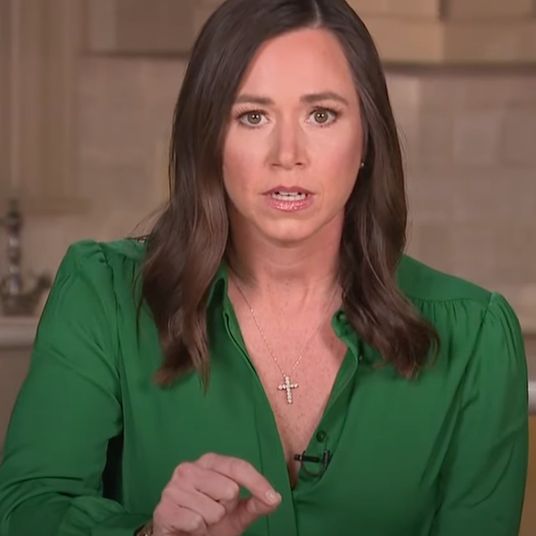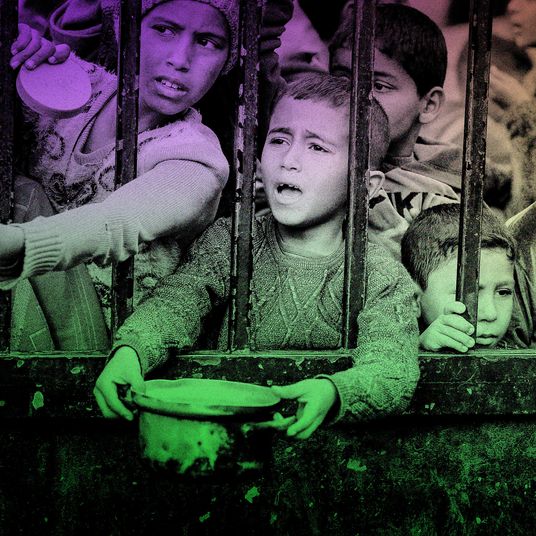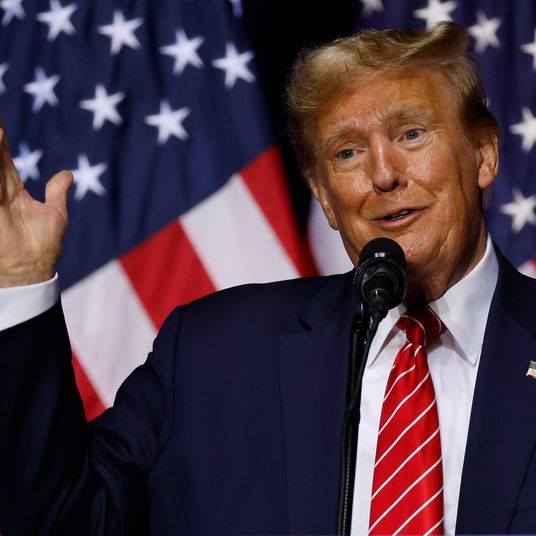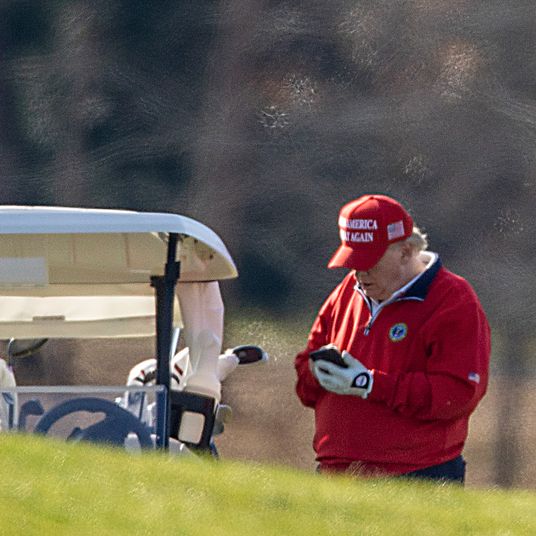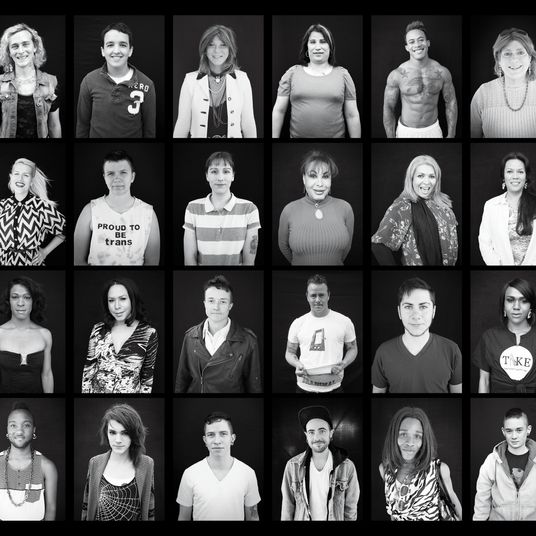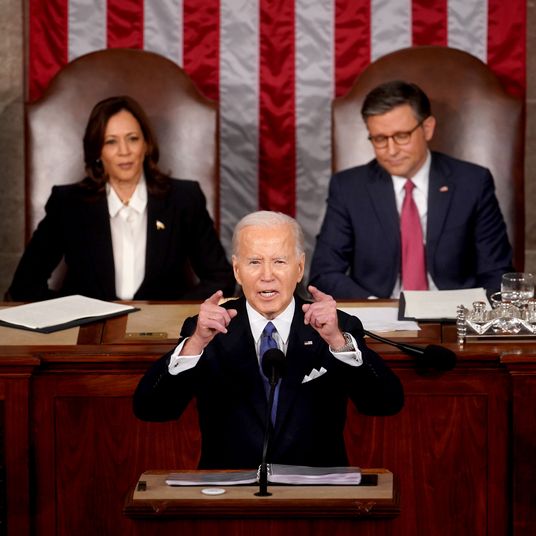On Thursday morning, AT&T experienced a nationwide outage of its cellular services. Customers from New York City to Atlanta have been reporting issues with making calls, sending text messages, or even contacting emergency services. By the afternoon, most of the service disruptions appeared to have been resolved with the company. Here’s what we know so far.
What happened?
Reports of outages began early Thursday morning. According to DownDetector, which tracks service outages, AT&T users began reporting a loss of service around 5 a.m., with those numbers peaking at more than 73,000 reports by 9 a.m. The self-reports were coming from several major cities including Houston, Chicago, Dallas, and New York City.
Customers with other cellular carriers were also reporting outages, though not to the extent of AT&T. There were more than 4,000 reports of service issues for Verizon and close to 2,000 reports for T-Mobile by 9 a.m.
The Federal Communications Commission said in a statement that the agency is aware of the outages and that its Public Safety and Homeland Security Bureau is “actively investigating.” During a Thursday press conference, White House national security spokesman John Kirby said the Department of Homeland Security as well as the FBI as assisting the FCC in their investigation.
What’s causing the outage?
At first, it wasn’t clear what was behind the loss in service. In an initial statement to Intelligencer, AT&T did not give a reason for the outage but said the company was working to restore service to customers.
“Some of our customers are experiencing wireless service interruptions this morning. We are working urgently to restore service to them. We encourage the use of Wi-Fi calling until service is restored,” the statement read.
In an emailed statement, a Verizon spokesperson said the company’s network is “operating normally.”
“Some customers experienced issues this morning when calling or texting with customers served by another carrier. We are continuing to monitor the situation,” they wrote.
T-Mobile issued a similar statement, saying they didn’t experience an outage at all. “Down Detector is likely reflecting challenges our customers were having attempting to connect to users on other networks,” a spokesperson said.
By 3 p.m., AT&T said service had been fully restored and that they “sincerely apologize” to their affected customers. The company issued a final statement Thursday evening and finally pointed to a cause for the outage.
Some on social media have sought to tie the outage to a pair of solar flares that occurred Wednesday night. However, experts suggest that the similar timing between the two events are likely a coincidence.
Members of Congress on both sides of the aisle took to social media to weigh in on the outage.
What are the effects?
There have been reports of customers having difficulties calling 911 across the country.
The San Francisco Fire Department said on X that it was “actively engaged and monitoring” the issue and urged residents with AT&T cell service to use a landline or the phone of a friend or relative if they need to dial 911.
The Charlotte-Mecklenburg Police Department in North Carolina also said on social media that some customers were “briefly” unable to contact emergency services. “There are no disruptions to our call center’s ability to receive 9-1-1 calls. Service should be returning shortly,” the post read.
The Southeastern Pennsylvania Transportation Authority, the public-transit agency that covers Philadelphia and its outlying suburbs, said on X that issues with AT&T communications may result in inaccurate travel updates.
“Due to AT&T communication outages, some trains may reflect a delay, however all trains are operating on or close to schedule,” the post read.




